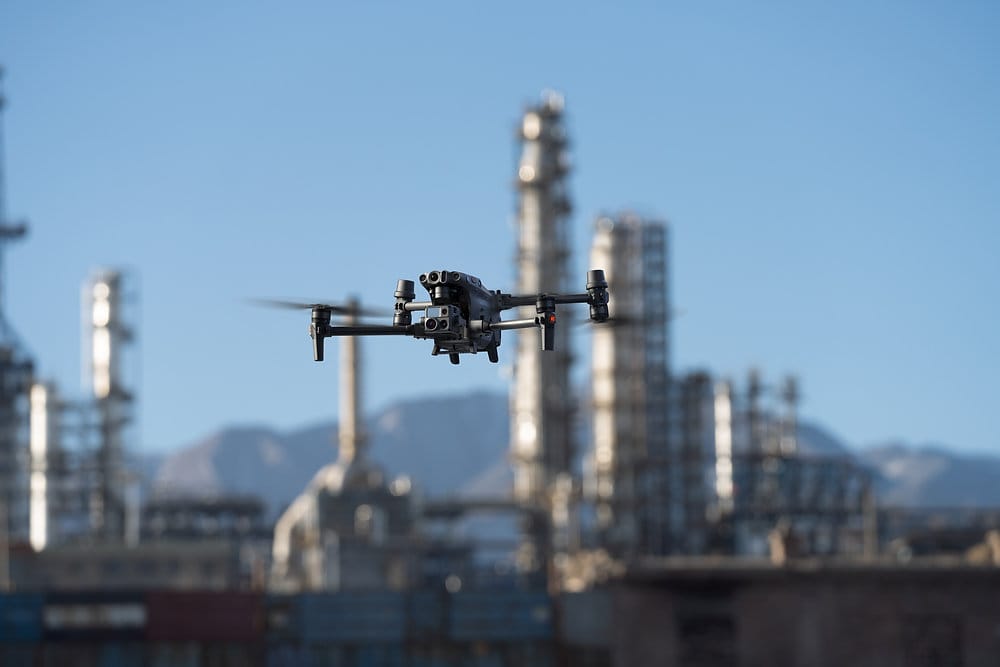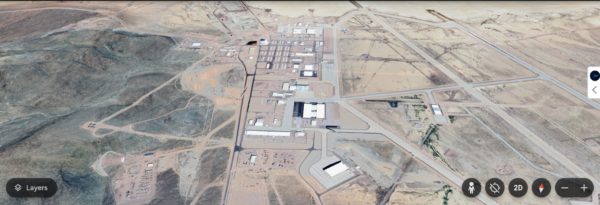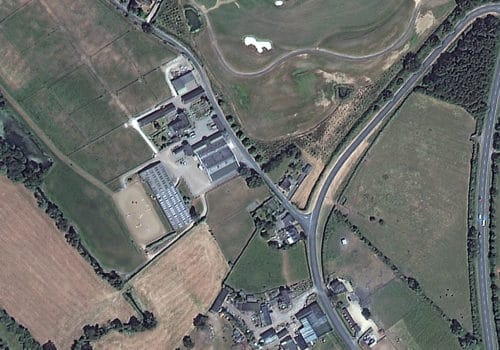
Top 10 Thermal Oil & Gas Drones for Inspections in Saudi Arabia
Drones are now an essential tool in the Saudi oil and gas sector because they help companies inspect pipelines, refineries,
Area 51, a remote military base located in Nevada, has long been a source of intrigue and speculation. Its connection to top-secret military projects and rumored extraterrestrial activity makes it a fascinating topic for researchers, enthusiasts, and conspiracy theorists alike. Thanks to advancements in satellite technology, we now have access to high-resolution satellite images of Area 51, providing a closer look at this mysterious site.
In this blog, we’ll explore the history, uses, and significance of satellite images of Area 51, including their role in uncovering details about the site. We’ll also dive into how XRTech Group leverages cutting-edge satellite imagery to deliver unparalleled insights.
Area 51, officially part of the Nevada Test and Training Range, is a highly classified military installation managed by the United States Air Force. While the base has been shrouded in secrecy for decades, it is primarily believed to serve as a testing ground for experimental aircraft and advanced military technologies.
The site gained mainstream attention in the late 20th century due to speculation about UFO sightings and alleged alien activity. Despite its mystery, Area 51 aerial photos and satellite images have provided glimpses of its layout, infrastructure, and activities.
Satellite pictures of Area 51 play a crucial role in understanding the activities and developments within the base. These images offer:

Modern high-resolution satellite images provide stunning clarity, revealing intricate details of Area 51. These images can capture structures, vehicles, and even runways with remarkable precision.
The satellite image of Area 51 serves as a window into this secretive site, providing unparalleled insights into its layout and operations.
While aerial photography and satellite imagery both offer valuable perspectives, they differ in several key ways:
Both methods are crucial for studying Area 51 aerial photos and understanding the site’s features.
At XRTech Group, we specialize in delivering high-resolution satellite images and advanced geospatial data. Our technology enables us to provide clear, accurate, and up-to-date images of locations like Area 51.
With XRTech Group, you gain access to satellite images that are reliable, detailed, and optimized for your unique applications.
High-resolution images of Area 51 serve a variety of purposes, from research to entertainment.
Researchers use satellite data to study the geology and climate of the Nevada desert. The isolation of Area 51 provides an ideal setting for environmental and atmospheric studies.
Analysts examine satellite images for clues about new technologies or infrastructure developments. This includes monitoring the construction of hangars or runways.
For enthusiasts, satellite images of Area 51 provide a glimpse into one of the most secretive places on Earth, fueling curiosity and speculation.
Over the years, satellite images have revealed intriguing details about Area 51, such as:
These findings emphasize the value of satellite imagery in uncovering secrets about this enigmatic site.
High-resolution satellite images have transformed how we observe locations like Area 51. They provide an unprecedented level of detail, enabling researchers to:
By combining these capabilities with advanced analytical tools, XRTech Group delivers insights that go beyond just images.
While satellite technology is highly advanced, capturing images of Area 51 comes with unique challenges:
Despite these challenges, advancements in satellite technology have made it possible to overcome many of these obstacles.
The mystery surrounding Area 51 continues to captivate people worldwide, and high-resolution satellite images play a key role in unveiling its secrets. From detailed infrastructure analysis to historical change detection, satellite imagery offers valuable insights into this iconic location.
At XRTech Group, we are proud to provide cutting-edge satellite imagery solutions that make this information accessible and actionable. Whether you’re a researcher, analyst, or enthusiast, our services empower you to explore and understand places like Area 51 with unprecedented clarity.
Contact us now – Discover the power of high-resolution satellite imagery with XRTech Group today!
Check Out –
Photos of the New 7 Wonders of the World | Satellite Imagin
Explore Burj Khalifa from Space: High Resolution Satellite Images of Dubai’s Iconic Landmark
Free Satellite Imagery of Mount Everest: High-Resolution Aerial Views
Satellite Imagery of Antarctica: High-Resolution Satellite Photos & Maps of Antarctica
Satellite View of Egyptian Pyramids: Explore Pyramids of Giza Satellite Images

Drones are now an essential tool in the Saudi oil and gas sector because they help companies inspect pipelines, refineries,

Satellite imagery has become one of the most powerful tools for understanding our world, capturing every detail of Earth from